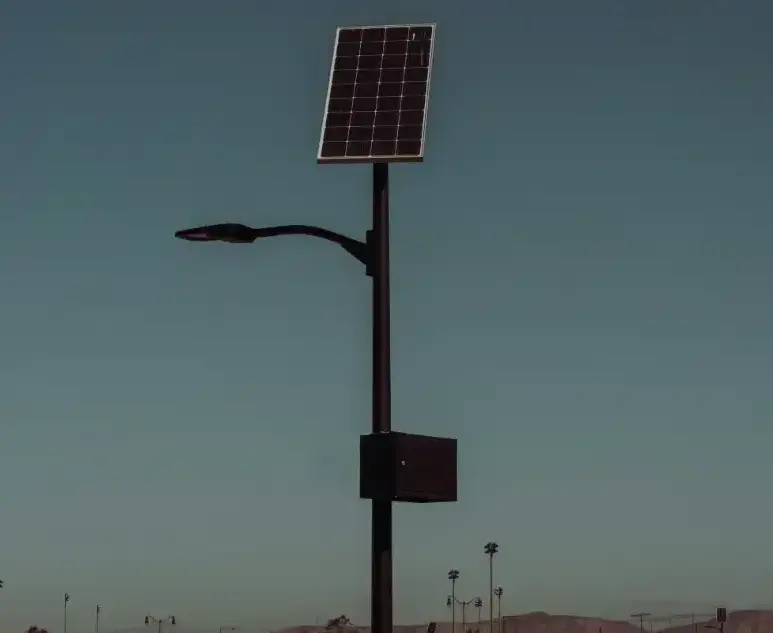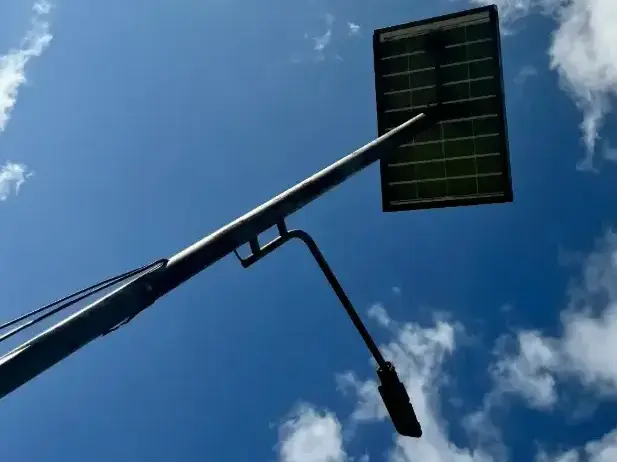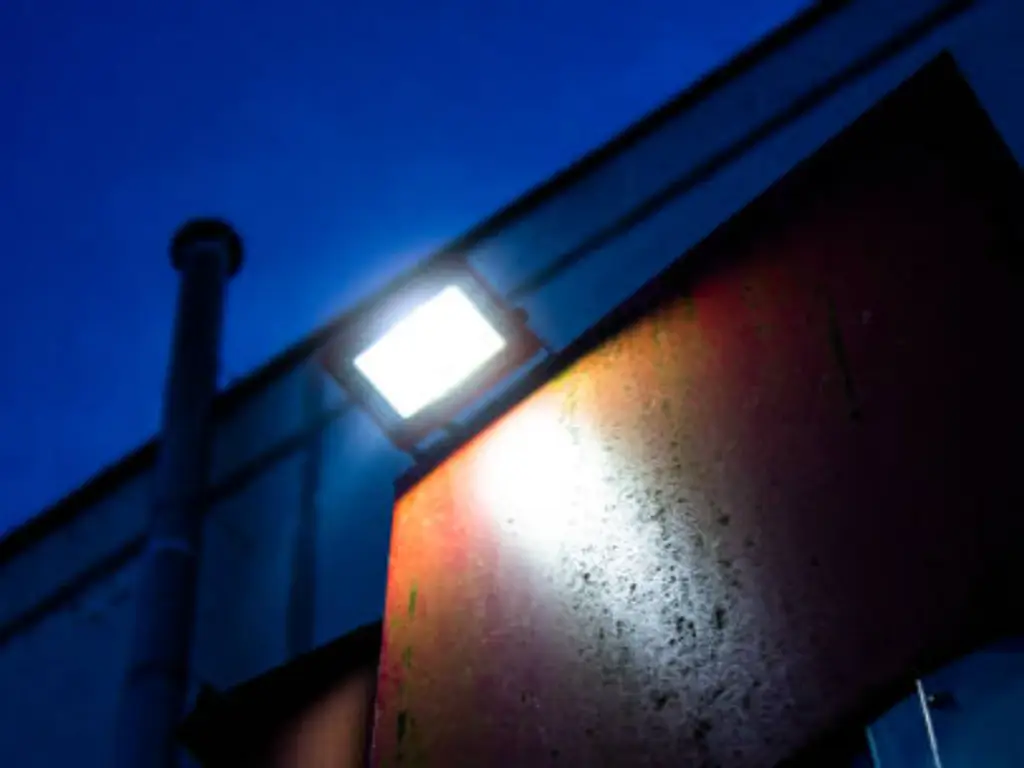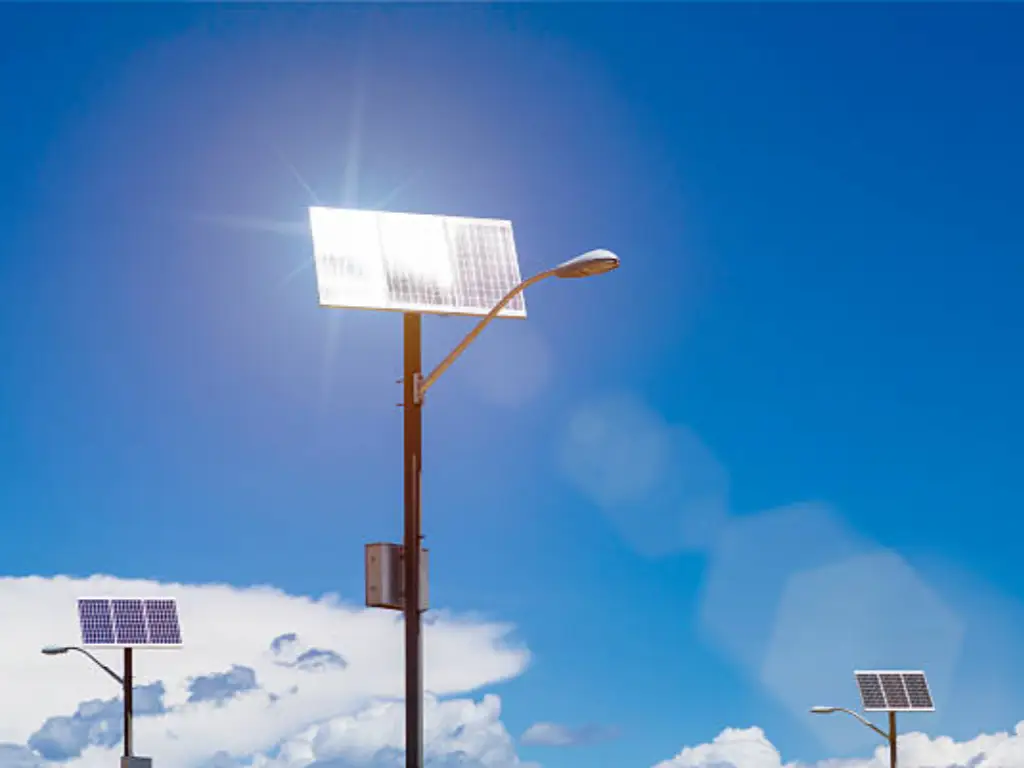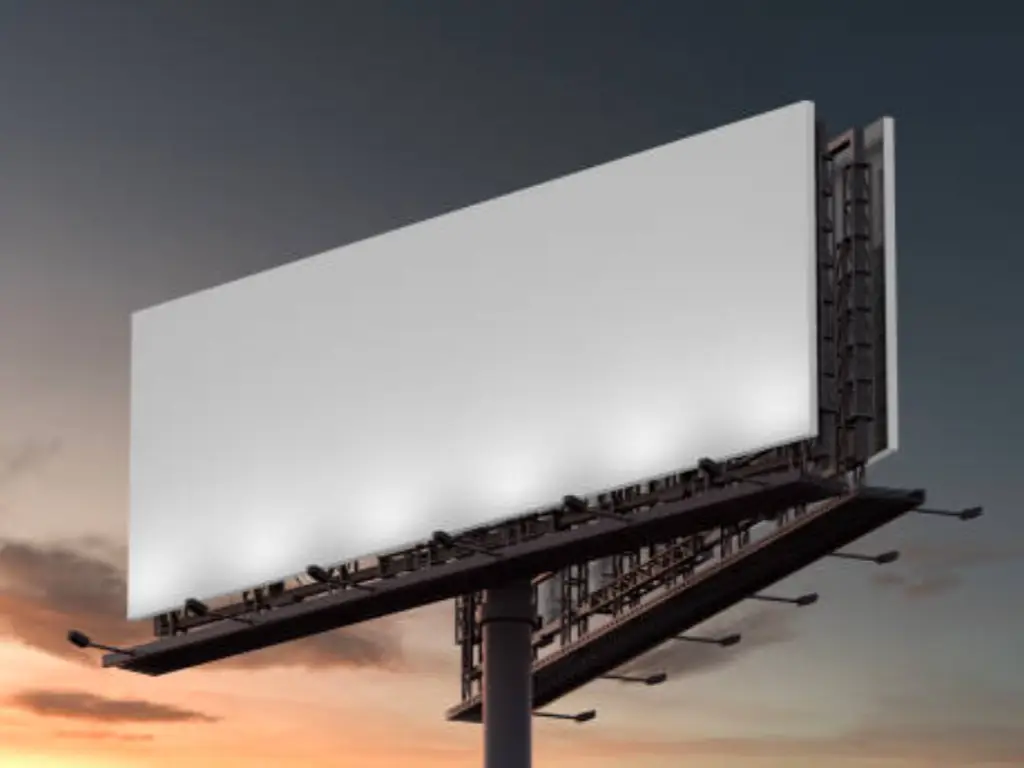Outdoor lighting has changed a lot in just a few years. Where municipalities and cities once leaned on tangled power grids that drained money and needed round-the-clock juice, a sleek, self-sufficient rival has stepped in—solar street lighting. Solar street lights have moved far beyond the realm of quirky tests and small-community pilot programs; today they offer hardy, money-saving fixtures that provide bright light and stand on their own across the United States. Whether you are a homeowner wanting to brighten a gravel path, a planner mapping out blocks of public poles, or a developer looking to outfit a shopping plaza, this guide speaks to you. We’ll walk you through the options, clear up the jargon, and give you the knowledge you need to pick the right solar street lighting system without guesswork.
Why Choose Solar Lighting?
Why do so many people choose solar energy lights? Sure, the usual reasons—green energy, lower bills—are easy to mention, but the real draw goes deeper. Solar street lights let a property break free from the power grid, which guards it against outages and wipes out on-going electric costs. That freedom not only saves money; it keeps important areas bright even when the utility company shuts off the juice, helping to deter issues like theft and vandalism. Choosing solar energy, then, becomes a smart nod to the planet, boosts public image, and lines up with the world’s bigger eco-goals. In short, it’s a down-to-earth move toward a quicker, tougher future.
Understanding the Full Long-Term Value of Solar Street Lights
Most people shopping for outdoor lights focus mainly on the sticker price. While that’s understandable, it misses a bigger picture: the Total Cost of Ownership, or TCO. TCO groups the up-front payment with future power bills, upkeep chores, and unexpected repairs, including important factors like power output. When you measure all those costs together, solar street lights pull well ahead, proving wiser both financially and functionally than older models.
The chart shows that the bargain price of standard High-Intensity-Discharge (HID) or High-Pressure-Sodium (HPS) lights turns into a money pit once you add on endless power bills and constant bulb swaps. Even todays grid-tied LED fixtures, which sip less juice, still tie you to the grid and the headache of digging trenches and running new wires.
New all-in-one solar LED street lights tell a different story. Up front they cost a bit more than the cheapest HPS units, yet you start getting that money back the moment there are zero utility charges. Installation is far less messy-no digging, no heavy trucks, just a crew that can mount the units in minutes-so labor costs drop and the lights hit the street fast. Because the solar system lives above ground, you also avoid the costly cable failures that plague buried wiring. All these savings add up over years, making solar the smartest choice for any budget-minded long-term lighting plan and proving its worth long after the first invoice is paid.
| Light Type | Initial Cost | Annual Electricity Cost | Maintenance Frequency | Installation Complexity | Reliability (Grid Outage) | Environme-ntal Impact |
| Traditional HID/HPS | Low | High | High (bulb replacement, ballast) | Moderate (trenching, wiring) | None(fails) | High(energy consumpti-on, waste) |
| Grid-Tied LED | Moderate-High | Moderate | Moderate (driver, occasional) | Moderate (trenching, wiring) | None (fails) | Moderate (energy consumpti-on) |
| Traditional (Separate) Solar | High | Zero | Moderate (battery, panel cleaning) | High (multiple components, larger footprint) | High(indep-endent) | Low |
| Modern Integrated Solar LED | Moderate-High | Zero | Low | Low (single unit, no trenching) | High(indep-endent) | Very Low |
Essential Factors When Buying Solar Street Lights
Buying solar street lights, no matter how big the job, calls for careful work right from the start. After twenty years in the field, I’ve learned that the real mark of a winning project is smart planning and a solid grasp of the basics. Though free power sounds great, other key points should guide you through the crowded market. These shared ideas-whether you’re adding one lamp at home or lighting a whole town-set the stage for wise choices before we look at the details.
For Home Consumers & Low-Volume Users
For homeowners or small-scale users, the primary drivers are often simplicity, security, and aesthetics. You usually just want a simple way to light up a driveway, garden path, or that one shady spot that never sees sun. The set-up should be easy enough that you can do it yourself or call in a pro for twenty minutes. Pick fixtures that include a solar panel bracket to house the solar panel, battery, and LED in one neat package to help optimize the system’s battery life, so mounting really is a snap.
Next, think about how bright the light really needs to be; the path might only ask for a few hundred lumens of brightness while the front yard wants more like a thousand. You also want the style-and color-to match the house or garden, not clash with either. Check that the fixture runs from dusk to dawn and, if possible, adds a motion sensor that saves power and alerts you when something moves. To keep it simple, a quick picture chart can show the main terms and options at a glance. For an easy walkthrough of solar lighting basics, catch an overview video here:
For Commercial & Project Buyers (High-Volume)
For commercial enterprises, municipal bodies, and large-scale project developers, the stakes are considerably higher.
Here the spotlight swings away from personal comfort to big-picture needs: scale, rule-following, proof that dollars pay off over the long haul, and systems that shrug off everyday shocks. A quick scroll through specs just won’t cut it. You’re putting down the backbone of an operation, so every choice must lean on solid data and clear strategy.
That starts with a razor-sharp photometric design. Ask for full DIALux layouts and IES reports from every supplier you consider. These pages show exactly where light lands, how it stays steady, and where hot spots or dark corners threaten sidewalks, lots, or any surface under local lux or foot-candle rules. It isn’t guesswork; it’s precise engineering that keeps people safe, sees them seen, and ticks every box the law demands.
Durability and resistance to severe weather are a must. These fixtures will stand up to years of brutal sun, sub-zero cold, and howling winds. Check the IP rating for dust and water, look for materials like marine-grade aluminum that fight rust, and confirm the unit is tested to handle the wind speeds you expect. When installing at scale, rely on a supplier with a steady, proven product line and strong project management, so every unit arrives on schedule and fits together easily at each site. How well they hold up over time affects both your budget and the safety of the public.
Durability and toughness in extreme weather are non-negotiable. These lights will sit outside for years, facing baking sun, ice storms, and howling winds. Check their IP rating for dust and water, look for marine-grade aluminum that resists salt, and make sure independent tests prove they can handle the wind speeds you expect. For large rollouts, you’ll need a supplier whose products stay consistent, whose project team delivers on time, and who can integrate hundreds of units across several sites without hiccups. Poor performance later will drain your budget and, more importantly, put the public at risk.
Key Technical Considerations
Understanding key technical specifications transforms abstract figures into tangible performance, ensuring your solar light delivers precise illumination.
Lumen output indicates brightness, but light distribution (IES Types II, III, or IV) defines how uniformly light covers an area. Proper spread eliminates dark zones; WOSEN’s advanced optics ensure powerful, precisely directed light, maximizing coverage and minimizing light pollution.
The battery is the silent heartbeat determining endurance. Lithium Iron Phosphate (LiFePO4) is superior for its lifespan, energy density, and thermal stability. Assess autonomy—days of operation without sun; 3-5 days is vital for commercial reliability. WOSEN integrates LiFePO4 with smart BMS for unmatched stability and extended lifespan.
Solar panel efficiency impacts charging; monocrystalline cells offer high performance. A robust MPPT controller is vital for maximizing energy harvest, balancing battery levels, and enabling smart modes (dimming, motion detection) to optimize power usage.
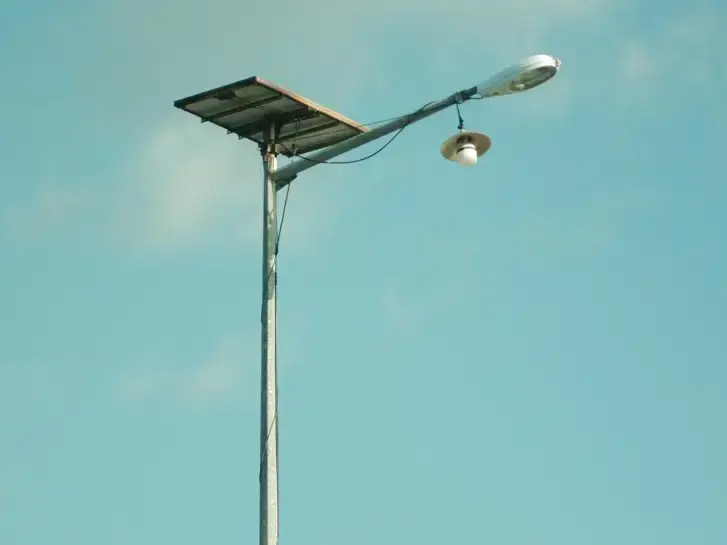
Ensuring Longevity: Solar Street-Light Maintenance
Perhaps the biggest selling point of solar street lights is how little care they need once set up, and that low upkeep helps keep their overall cost down. Because each lamp works off its own panel and battery, you avoid the deep-dig cable breaks, frayed outside wires, and tricky power-supply checks that regularly plague grid-tied systems. Being a stand-alone unit makes routine checks quicker, cuts labor time, and saves money over the years.
Keeping your solar street lights shining bright for years is easier than you think, as long as you follow a few simple tips. First on the list is giving the solar panels a regular clean. If dust, dirt, or other junk builds up, less sunlight gets through and the lights make weaker power. In most settings a quick wipe every six to twelve months does the trick. After cleaning, take a moment to do a quick look over each unit. Search for cracks or dents, make sure the lamp still faces the sun, and check that all screws and brackets are tight. Even though todays LiFePO4 batteries are tough, testing their voltage from time to time can catch trouble early. Good design, with sturdy parts and high IP ratings, keeps rain, dust, and wind out, so breakdowns stay rare. If you schedule these checks instead of waiting for a blackout, you squeeze every drop of energy and protect your investment. Ignore the routine and the lights may fade, run out of juice early, or stop working long before their time.
WOSEN: Your Trusted Partner in Solar Lighting
Commercial and project buyers have duties that go far beyond picking a good light. They must juggle tight schedules, keep hundreds of fixtures working the same way, and count on help long after the sale. That mix of pressures is exactly where WOSEN shows up as the partner you want. After twenty years in the solar-lighting game, we know how to meet the tough needs of large projects.
WOSEN puts on the table a full line of all-in-one solar street lights made for every job, whether you need super-bright lamps for a big factory or soft, even rays for city paths. Each light carries the badges people trust-CE, RoHS, FCC-because we follow the strict rules set by the globe. Inside, our LiFePO4 batteries, operating at a nominal voltage that lasts 2000 to 4000 cycles and working well in hot or cold seasons, deliver high efficiency and impressive light output, so you get power when you need it most. And we do not stop at shipping boxes; our team stays with you from on-site check and custom light plan through install help and strong post-sale care, making sure your switch to clean, steady light is smooth.
Solar Street Lights: A Brighter Future, A Smarter Investment
Switching to solar street lights is a big step forward, one that lights up our roads in a way thats kinder to the planet, easier on the wallet, and tough enough to handle everyday wear. Choosing solar says you want street furniture that pays for itself over time, with costs you can plan for and performance you can trust. By weighing long-term savings, asking what each site really needs, and looking at strong tech details, any buyer can pick the right system with confidence. If you start down this bright new road, WOSEN is here to guide you, bringing know-how, top-quality gear, and hands-on support from idea to glowing street. Come see the lasting benefits our solar kits can add to your next project.
